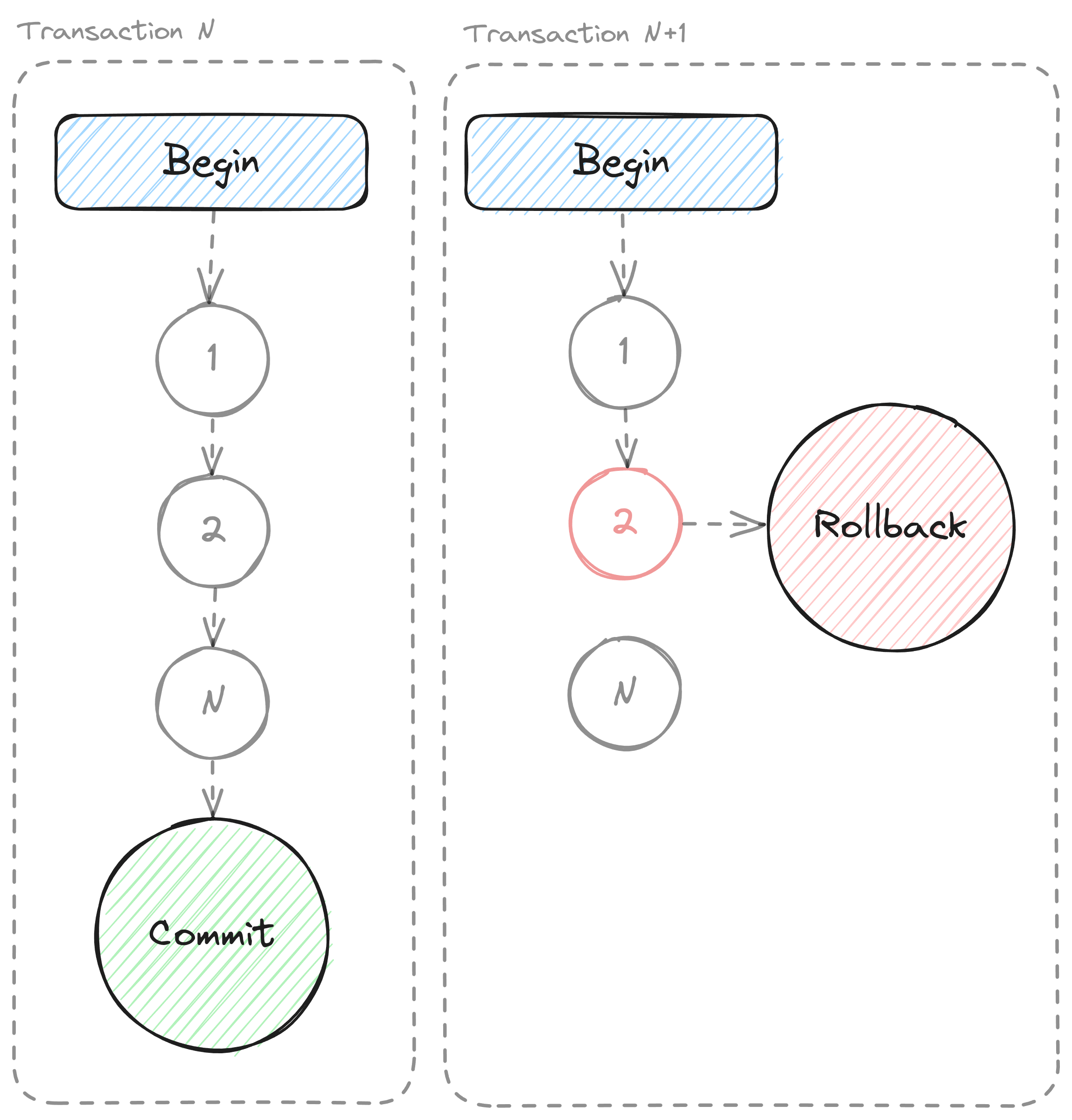Understanding ACID Principles in Database Management

In the realm of database management, ensuring data integrity and smooth operation, even in the face of errors, is crucial. The ACID principles—Atomicity, Consistency, Isolation, and Durability—serve as the cornerstone for building reliable database systems. This blog post will explore each of these principles and provide guidance on creating informative diagrams using Excalidraw to visualize these concepts effectively.
Atomicity
Atomicity ensures that each transaction is treated as a single, indivisible unit, which either succeeds completely or fails completely. This principle guarantees that if a transaction is interrupted by a system failure, no part of the transaction is recorded in the database, maintaining data integrity.
Example: In a banking system, when transferring money from one account to another, both the debit and credit operations must complete successfully. If one operation fails, the entire transaction should be rolled back.

Consistency
Consistency ensures that a transaction can only bring the database from one valid state to another, maintaining database rules. This principle prevents data corruption by ensuring that any transaction will only be committed if it respects all database constraints.

Isolation
Isolation determines how transaction integrity is visibly affected by other transactions. The isolation principle ensures that the transactions appear to be isolated from each other and intermediate transaction results are invisible to other concurrent transactions.

Durability
Durability guarantees that once a transaction has been committed, it will remain so, even in the event of a power loss, crash, or error. This principle ensures the permanence of the database's state following the completion of a transaction.

Conclusion
The ACID principles are essential for any robust database system, ensuring data accuracy and reliability despite unexpected failures. Whether you are a database professional or a student learning about data management, understanding and applying these principles is crucial for building fault-tolerant systems. Embrace these foundations of database integrity to ensure that your data handling is as error-free and efficient as possible.

Comments ()